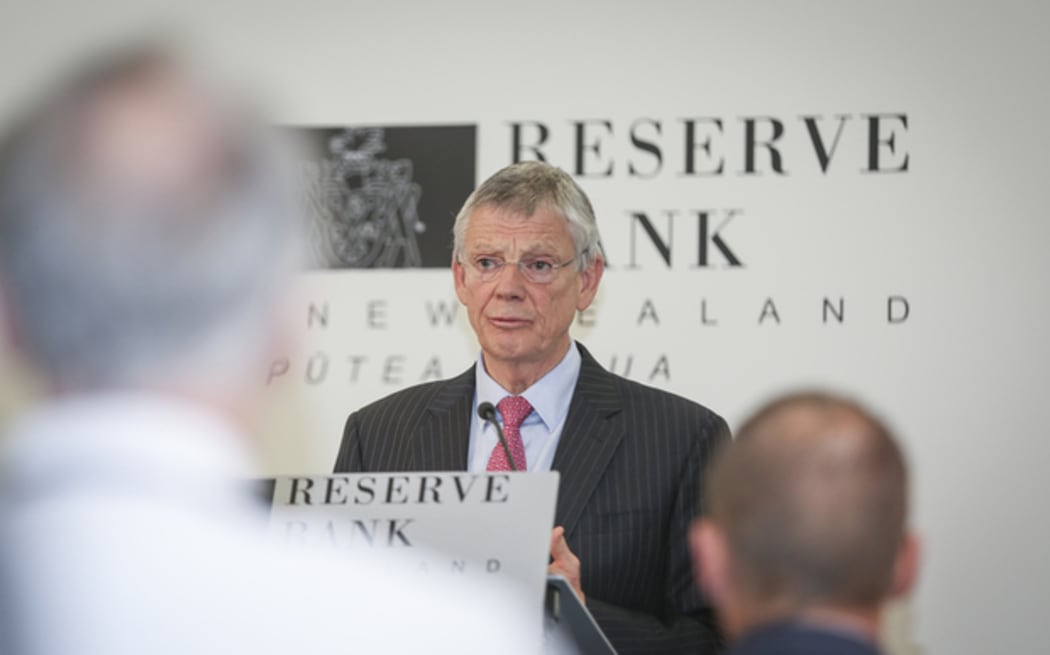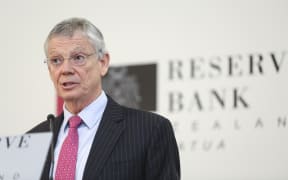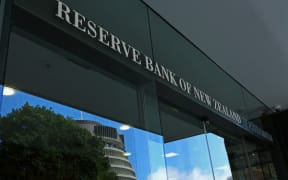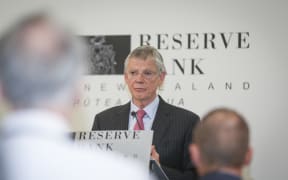The Reserve Bank looks set to sit on the sidelines when it reviews its official cash rate (OCR) on Thursday.

Reserve Bank Governor Graeme Wheeler Photo: RNZ / Rebekah Parsons-King
There is universal expectation the Reserve Bank (RBNZ) will hold the OCR at 2 percent after August's 0.25 percentage point cut, with only a one-in-five chance of a reduction.
Last month, the central bank was emphatic about its resolve to get inflation back within the 1-3 percent target band, with governor Graeme Wheeler saying he would do whatever it takes to achieve that.
The RBNZ has a preference for moving when monetary policy statements (MPS) are released, which come with full economic and market forecasts. The next MPS is in November.
The bank will also get a new crop of economic data, including the latest reading on inflation for the third quarter.
Gareth Kiernan, the head of forecasting at economic consultancy Infometrics, said there were other reasons the RBNZ would want to remain cautious.
"There's been a dairy price recovery, and the housing market remains strong although it's got other tools to deal with that in the next few months, and we had some reasonable economic growth numbers last week, and signs of more growth coming."
He said the RBNZ might be concerned about the high New Zealand dollar, which was stronger than it forecast even a month ago, but that was probably a lesser factor.
"So we're looking to November (cut), and possibly another one after that."
In its August monetary statement, the RBNZ's forecasts pointed to at least one more rate cut, with the door left ajar for a second.
However, one factor in the background of the RBNZ's thinking will be what other central banks are doing, in particular the United States Federal Reserve.
The 'Fed' raised its benchmark rate last December for the first time in nearly a decade, but since then it has sat on the sidelines as it cautiously looked at the economic signs and whether a further rate rise was justified.
Last week, financial markets were roiled by several differing views on U.S. policy which came from four different members of the Federal Reserve resulting in what was called "a fog of uncertainty".
The Fed meets this week, and will issue its statement a few hours before the RBNZ, although no change was expected.
"Though economic data on balance has been supportive of the continued gradual normalization in policy rates, the Fed likely desires additional evidence supportive of a rebound in economic growth through the second half of the year and a firmer trend in inflation before making the next move," said TD Securities' economists in a recent market note.
A Fed rate rise - or even a hint of one - usually sends the US dollar higher against most currencies, including the kiwi, which in turn helps to lift export income and import prices in other economies.
Mr Kiernan said major central banks such as the Bank of England, the European Central Bank, and the Bank of Japan were all struggling to get any economic lift from record low, even negative, interest rates or other money printing policies, known as quanititative easing, such as buying company bonds.
"It's just a case of keeping those interest rates low, monetary conditions fairly easy and hoping that eventually people do get out to spend again."
He said governments in the major economies were unable to do much to stimulate growth through spending because they were still burdened with huge debts nearly a decade after the global financial crisis.






